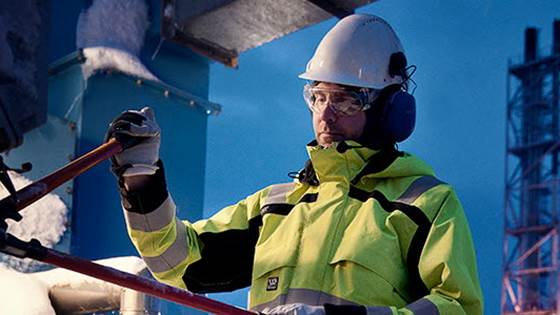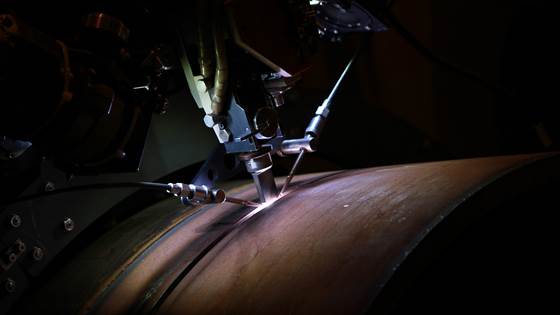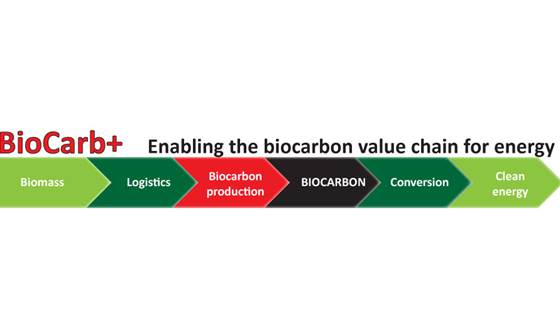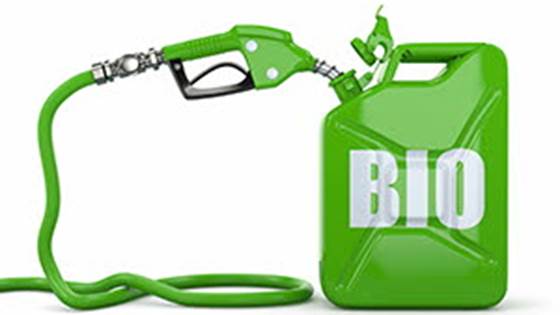
Liq-IR: Low-cost FT-IR for Online Analysis of Liquid
Breaking the price barrier for applying FT-IR spectroscopy to industrial liquid processes

Breaking the price barrier for applying FT-IR spectroscopy to industrial liquid processes

In the project "Establishment of a process for production of membrane elements", an industrial manufacturing process for membrane tubes for CO2 capture using hydrogen separation, is developed. Reinertsen AS, SINTEF Materials and Chemistry and SINTEF...

SINTEF has recently developed a method to produce 3-dimensional nanostructures of silicon and aluminum, nano-wires and nano-tunnels, using the self-organizing tendency of these two materials. These structures can potentially increase the efficiency...

NanoWASTE is a research project funded by the Norwegian Research Council that studies the fate, removal, release and subsequent impacts of manufactured nanomaterials (MNMs) in wastewater treatment plants (WWTPs).

The innovation project Arctic Protection run from Q1 2014 to Q1 2017, and is now finalised. A multilayer workwear system was developed, which includes a range of garments designed to enable the workers to operate both efficiently and thermally...

The Arena-project i4plastics consists of 17 small and large companies and expertise centres in the plastics industry, with SINTEF Raufoss Manufacturing as formal host. Most of the involved companies have a strong international position, based on...

By converting organic matter into biochar, which has a high stability, carbon can remain fixed in soils for several centuries.
This project's aims are to improve and understand selected catalyst materials’ transformation/degeneration during (industrial) use, relevant for applications within oil and gas upgrading, ethene and propene production from methanol, and in potential...

In this project, the goal is to develop a concept for a stationary molten salt based -liquid metal battery (LMB) without the need for an ion selective membrane. The materials to be investigated are relatively abundant and cheap with low environmental...

The Norwegian Aluminium Industry is technology and environmentally at the global forefront. To achieve this, a continuous focus on developing new and better fundamental scientific understanding of process mechanisms are necessary. CaRMa looks at four...

The PlusUltra project aims at providing new concepts for photoelectrocatalaytic conversion of H2O, CO2, and N2 to fuels, useful chemicals, and fertilizers using renewable energy.
The main goal of ELECTRA is to design, build, and test a kW size multi-tubular proton ceramic high temperature electrolyser for production of hydrogen from steam and renewable energy.

Within this project, next generation extrusion- and moulding-processes for manufacturing of aluminium and plastic products will be developed.

The overall objective of the present project is to establish basic knowledge on subsea hyperbaric repair welding and degradation of clad and lined pipes, as well as C-Mn steel, as studied by laboratory experiments in combination with numerical...

We consider that € 40–120 million of the maintenance costs for concrete bridges, tunnels and retaining walls in the European Union could be saved by application of self-healing concrete.

The overall objective of BioCarb+ is development of new strategies for use of low-grade biomass, pulpwood and energy wood resources for biocarbon (BC) production for raw material for industrial applications (reduction agent / metallurgical coke) and...

FASTCARD is aiming at achieving a faster industral implementation of biomass conversion to advanced biofuels in Europe by developing new catalyst and methodologies. The catalytic key processes comprise hydrocarbon reforming, CO2 FTS, hydrotreating...

Many of the materials we use on a daily basis are derived from petrochemical sources. Most plastics contain carbon from these finite resources. Therefore, the FUTURFEED project aims to find an alternative, renewable carbon source for the materials...